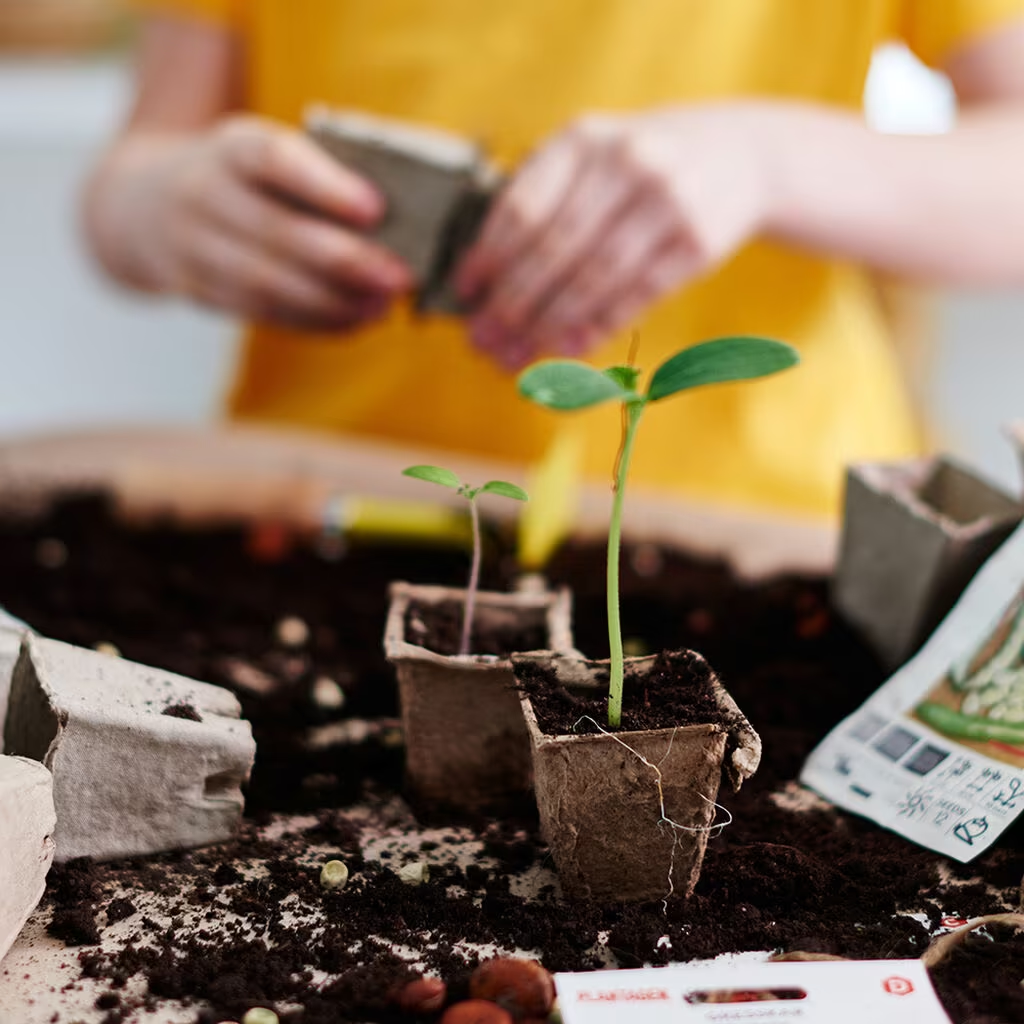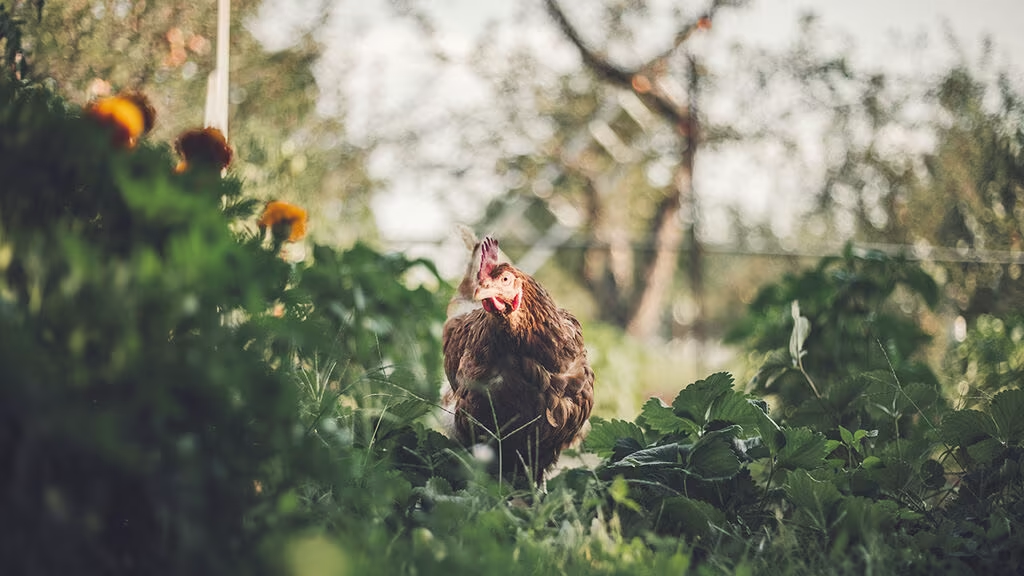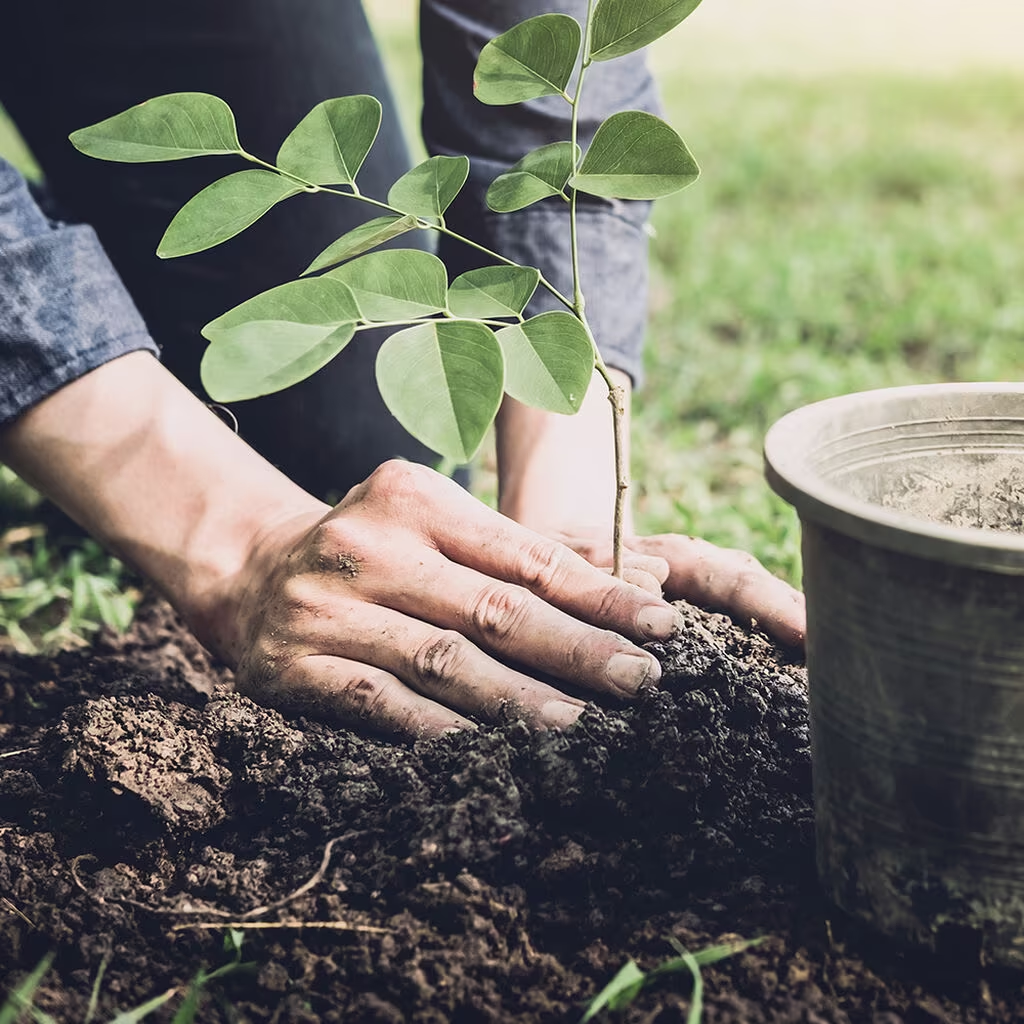Get a head start in the garden for spring - prepare the soil already in the fall
Soil and fertilizer
Autumn
When the bed and garden are empty after the season's crops, it's easy to think that gardening is over, but with some simple steps you can already this fall prepare the soil for the upcoming season. That way, you can get started extra early and even get an extra harvest next season.
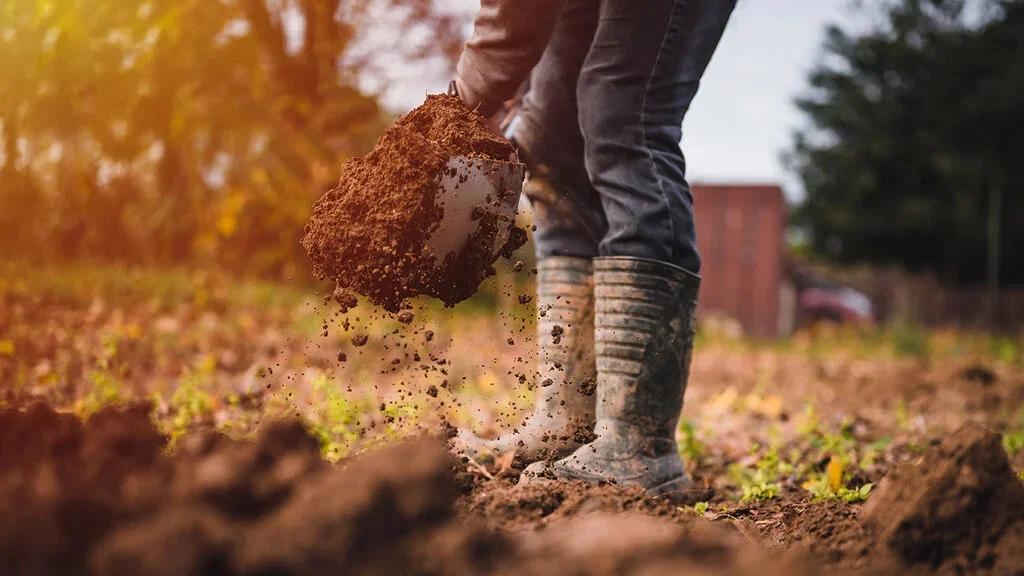
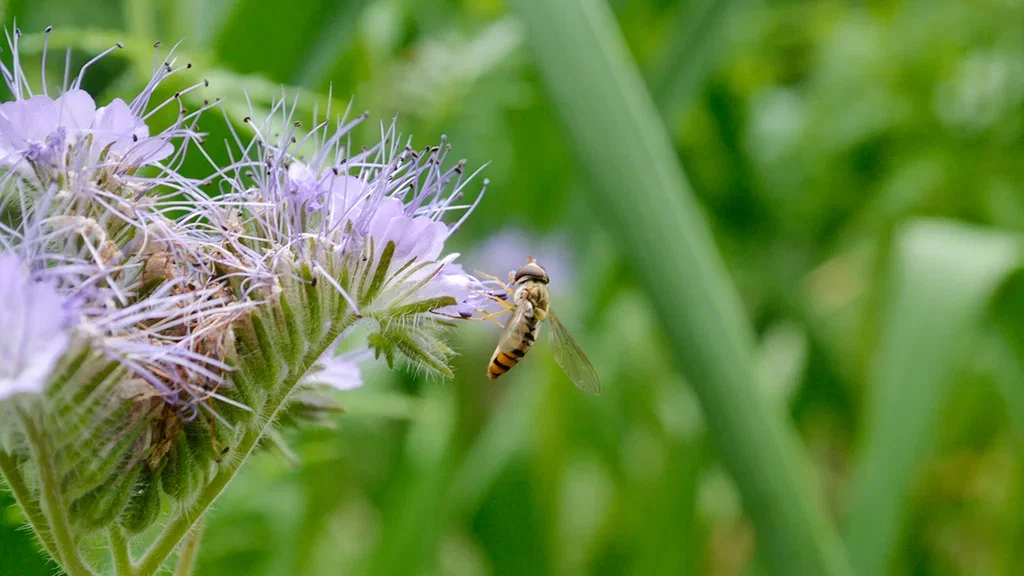

Written by Liselotte Roll
Swedish garden inspirer, journalist and author of books about nature, cultivation and animals, such as "Soil", "Grow for insects" and "Chickens as a hobby".
Topics:
Soil and fertilizer
Autumn




